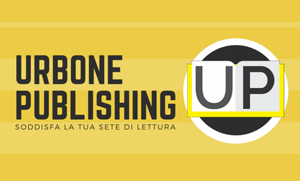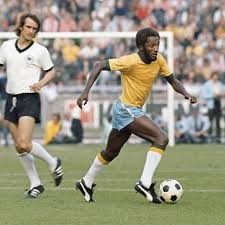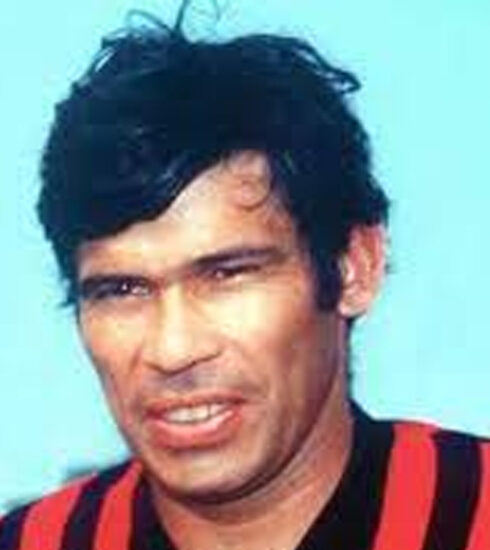FILIPPO GALLI: Trophies, injuries and the wonderful night in Athens
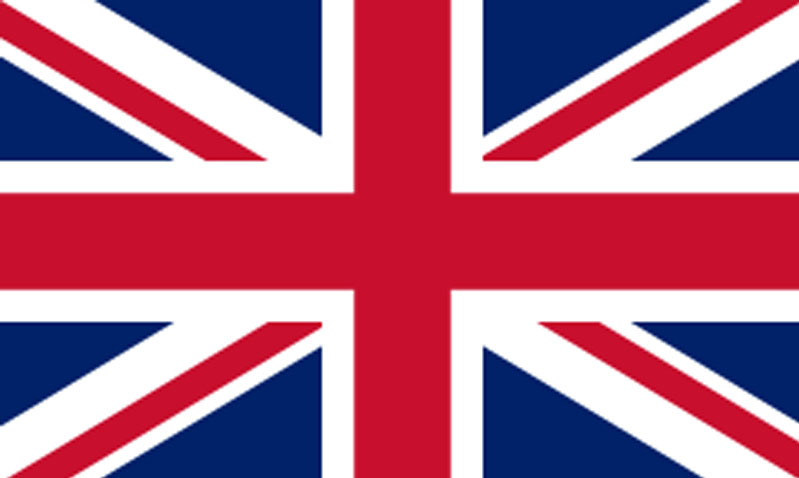

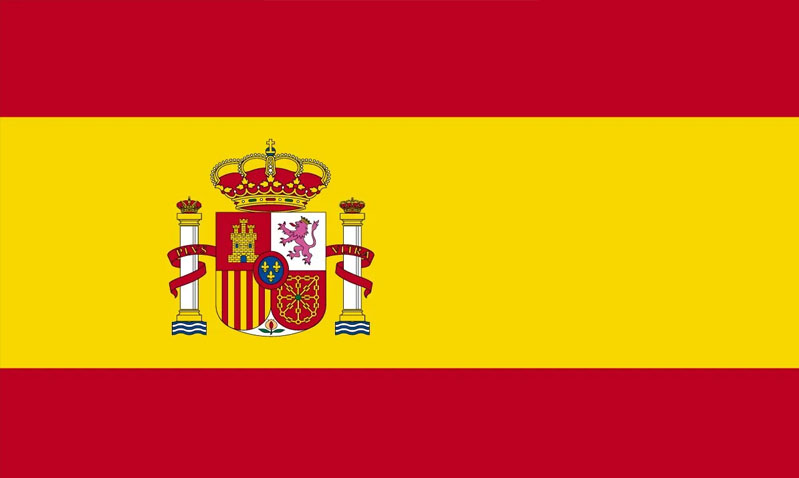
It is April 1988.
Five games to go in the Serie A championship.
The future champions of Italy now seem certain.
The Napoli of Maradona and Careca had a four point lead over Arrigo Sacchi’s Milan. With only ten points up for grabs (the Italian championship still rewards winning by two points) and the direct match at the home of the Neapolitans, there are not many who would give President Berlusconi’s Rossoneri too many chances.
Moreover, Milan has a decidedly tough schedule.
A trip to Rome against the “Giallorossi”, the derby against Inter, the trip to Naples on the third last round and Juventus at home.
The last match is away to Como, still embroiled in the tussle to avoid relegation.
Milan, after a painful start that had raised many doubts about Arrigo Sacchi’s ability to lead a club of such depth, started to grind out the game, to score goals and above all to concede very few.
Before this final ‘tour de force’, Milan had conceded a measly eleven goals in twenty-five matches.
A figure that explains more clearly than many words the great defensive organisation that Sacchi, who coached Parma in the Serie B the year before, was able to give the Rossoneri.
The line of four defenders in the defence rigorously set up ‘in zone’ by the coach from Romagna moved like a perfect mechanism.
Franco Baresi is the guide, the one who dictates the tempo. Then there is the young Paolo Maldini, launched by Nils Liedholm into the first team in January three years earlier at only sixteen years of age, and there is another ‘miracle’ of the wise Swedish coach: Mauro Tassotti, who had arrived eight years earlier from Lazio with a very limited technical background and now one of the strongest Italian full-backs.
And then there’s him, Filippo Galli.
Arrived in the Milan youth academy at the age of sixteen … straight from Brianza’s First Division Amateur championship!
He too grew up with Liedholm, who forged him, taught him the rudiments of zone play, but often used him in marking against the most dangerous player in the opposing team.
Among the great champions assigned to Galli are Maradona, Zico, Rummenigge, Altobelli, Elkjaer, Pruzzo, Giordano … all of whom were so limited, if not actually made to disappear from the field that the Swedish Baron said that in the young Brianza player he had seen the ‘new Rosato’, the excellent Milan stopper from the Paron Rocco’s era.
In this championship he has not missed a single minute and his quickness, his great ability in the aerial game combined with a good basic technique are the perfect complement to the talents of captain Baresi.
Only Filippo Galli is not well at all.
He has a bad knee and severe pain in the sole of his foot.
To stop, especially at the decisive moment of the season, is out of the question.
Filippo grits his teeth, stuffs himself with painkillers, and regularly takes the field.
No one noticed his problems away from Milan’s training camp in Milanello, also because in those five league games, the only striker who managed to score against him and his defensive team-mates was Careca, in the Rossoneri’s decisive victory by three goals to two at the San Paolo.
Milan would celebrate their 11th Scudetto in Como, the first after nine years of abstinence.
When the season is over, the verdict will come.
Patellar tendon involvement in the knee and Morton’s neuroma requiring an operation.
Galli resumed his activity and on 2 September was regularly on the pitch in Madrid, for the prestigious Bernabeu Trophy.
Baresi was not there that evening and alongside Filippo Galli was the young Alessandro Costacurta.
The two literally ‘pocketed’ two strikers of the level of Hugo Sanchez and Emilio Butragueño. It ended three-nil to Milan.
Galli played a sumptuous game but his knee continued to give worrying signals.
At the first league game against Fiorentina, on 9 October 1988, Galli was regularly on the pitch in the round-robin victory by four goals to nil against the ‘Viola’.
But it would be the last game he would play for over six months. He would return on 15 April the following year in the match against Lecce, just in time to play in the final minutes of both the unforgettable five-nil win over Real Madrid in the semi-final and a brief cameo in the Madrid final, won against Romanian side Steaua Bucharest.
In the following season Filippo Galli was back at 100 per cent, but in the meantime the performance of Billy Costacurta alongside Baresi convinced Sacchi.
He was the starter even though Filippo would make a total of 28 appearances at the end of the season, distributed between Championship, Champions Cup and Italian Cup.
It is 18 May 1994.
Filippo Galli has by now absorbed the role of ‘luxury back-up’ for the Rossoneri with acknowledged professionalism.
His ductility allowed him to play in all defence roles, and even though other ‘competitors’ such as Stefano Nava, Christian Panucci and Alessandro Orlando had arrived at AC Milan in the meantime, the defender born in Monza in May 1963 still managed to carve out his own spaces.
That evening, however, Milan had to play in the final of the European Cup.
Facing them is the mighty Barcelona coached by Johann Cruyff, who on paper are clear favourites.
The Brazilian Romario, the Bulgarian Stoichkov, the Dutch Koeman, and the Catalan Guardiola are world-class players and Milan will have to face the match without their two titular central defenders: the ‘old’ Franco Baresi and that Billy Costacurta who took over the place that before that serious injury was Galli’s.
Fabio Capello, however, had no doubts.
Paolo Maldini was diverted from the left flank to the centre of defence and at his side he, Filippo Galli, would play.
The Rossoneri made a meal of the talented but equally cocky Barcelona and Filippo Galli played one of the best games of his entire career, muzzling a striker of the quality of the Brazilian Romario.
A four-nil win without appeal thanks to an irrepressible Dejan Savićević but also, and above all, to an organised and attentive defence.
For Filippo Galli it was finally a final played as a protagonist.
This is also ‘his’ Champions Cup.
Nothing could be more deserved for an exemplary professional and a defender who without those injuries would have given even more to the Rossoneri cause and who in all likelihood would have also played several games for the Italian national team in which, incredible to say, he never had the chance to play a single match.

ANECDOTES AND CURIOSITIES
At the age of 15, after several unsuccessful try-outs, Filippo Galli had still not managed to get into any youth sector of a professional team.
With his parents’ permission due to his young age, Filippo began his football career with his hometown team, COSOV of Villasanta. A few months passed and finally Milan showed up and called him up for a youth tournament. Filippo did not miss the opportunity.
His performances were so brilliant that they convinced the Rossoneri to include him (finally!) in their youth sector.
After a couple of seasons came, at the age of eighteen, the possibility of a loan in a lower league team.
To ‘cut his teeth’ as they used to say at the time. Two C1 teams competed for him: Vicenza and Pescara.
The first seemed the best solution, even from a strictly logistical point of view.
Gianni Rivera, then vice-president of AC Milan, strongly recommended Pescara.
‘I still thank Rivera today. It was a very good choice. I found an exceptional environment, a volcanic but highly prepared coach like Tom Rosati and we won promotion to Serie B. The following year, however, I returned to AC Milan where, with Ilario Castagner, I immediately became a starter,’ recalls Galli himself of that period.
Of that season at Pescara there is also a particular and even slightly less pleasant memory. In the Coppa Italia, Pescara had to face AC Milan. Filippo Galli couldn’t stop a goal by Joe Jordan, the Rossoneri’s Scottish centre forward that he was directly facing.
‘It was like going against a wall so physically strong and aggressive Jordan’s was. He beat me up for the whole game … and it’s a good thing that the defender, the one who usually hits the hardest, was me!” Galli would recount ironically of that match.
Back at AC Milan, Filippo Galli would directly experience the terrible years of President Giuseppe Farina’s management.
“The economic difficulties in which the club found itself at the time were such that in order to make cash Milanello on Saturdays was made available for weddings and receptions … not exactly ideal for concentrating and preparing for the next day’s matches.”
In the 1985-1986 season came the first serious knee injury. On 2 March 1986 Milan played at home against Verona and after a collision with RobertoTricella after just over a quarter of an hour of play Filippo Galli had to leave the field, missing the rest of the season. Without him, the Rossoneri lost four of their last seven matches, thus missing out on the following season’s UEFA Cup qualification by just one point.
Still on the subject of injuries, after the very serious one that kept Galli out for most of the 1988-89 season came another in the following season.
The circumstance is decidedly curious. What caused the rupture of Filippo Galli’s collateral ligament in his knee was … Marco Van Basten, a team-mate!
It happened during a training session in which the ‘Swan of Utrecht’, clearly unnerved by yet another argument with Arrigo Sacchi, played with exaggerated agonism.
It was Filippo Galli himself who was forced into yet another long pit stop.
‘Obviously I have forgiven Marco,’ the Rossoneri defender would point out at every opportunity.
Once his long career in the ranks of the Rossoneri was over and after two seasons with mixed fortunes at Reggiana came three excellent years at Brescia. In the second season came promotion to Serie A under Nedo Sonetti and in the following one an amazing eighth place in a team that included players of the value of Roberto Baggio, a very young Andrea Pirlo and a great striker like Dario Hubner.
Coach of that team was Carletto Mazzone.
Also very curious is the series of circumstances that led Galli to play the following season in England in the ranks of Watford, a team from the Second Division coached by the late Gianluca Vialli.
Nicola Caricola, Vialli’s assistant, got in touch with Filippo Galli. The reason is to ask him about Albanian striker Igli Tare, Galli’s team-mate at Brescia.
During the chat Caricola mentions that they are also looking for a central defender.
‘Well, I am expiring my contract with Brescia,’ is Galli’s prompt reply.
A few hours later and the deal is sealed.
Filippo Galli will play an unforgettable season in the ranks of the ‘Hornets’ even if unfortunately the promotion target will not be reached.
“I’ve always loved English football,” Galli would later recount, “and one of my regrets is that I didn’t get there a few years earlier”.

Remaining in history is the beautiful nickname given to Filippo Galli by Carlo Pellegatti, the talented and knowledgeable sports journalist who was a Rossoneri fan.
‘The white shark’ in reference to the Brianza defender’s great ability to ‘eat’ opposing attackers.
Galli would end his career in Serie C, at the age of forty, in the ranks of Pro Sesto coached at the time by his friend Stefano Eranio.
An endless series of trophies with one missing, the one that to this day Filippo Galli still considers his greatest regret.
‘The defeat in the Coppa Italia against Juventus in April 1990. We didn’t play at our usual level and a goal by Galia after a quarter of an hour was enough to decide the game. That night I just never got over it!”

After retiring from football, Filippo obtained his UEFA PRO coach’s licence and his sporting director’s licence. In 2004 he joined the coaching staff of the Primavera team coached by Franco Baresi for two seasons and then took over as coach for another two seasons. In the 2008/09 season, he was a technical collaborator on Ancelotti’s staff in the first team of AC Milan.
Since 2009, for nine seasons, he has been the technical manager of the Youth Sector, a period in which players of the value of Cristante, Petagna, Calabria, Locatelli, Cutrone, Donnarumma, Gabbia, Pobega, among others, have trained. From 2019 to May 2021 he worked for the Technical Sector of Coverciano in the role of Coordinator-Responsible for the course for Youth Sector Managers.
From May 2021 Filippo was Head of the Methodological Area of Parma Calcio 1913, a role he held until 7 October, the day he was relieved of his duties.


